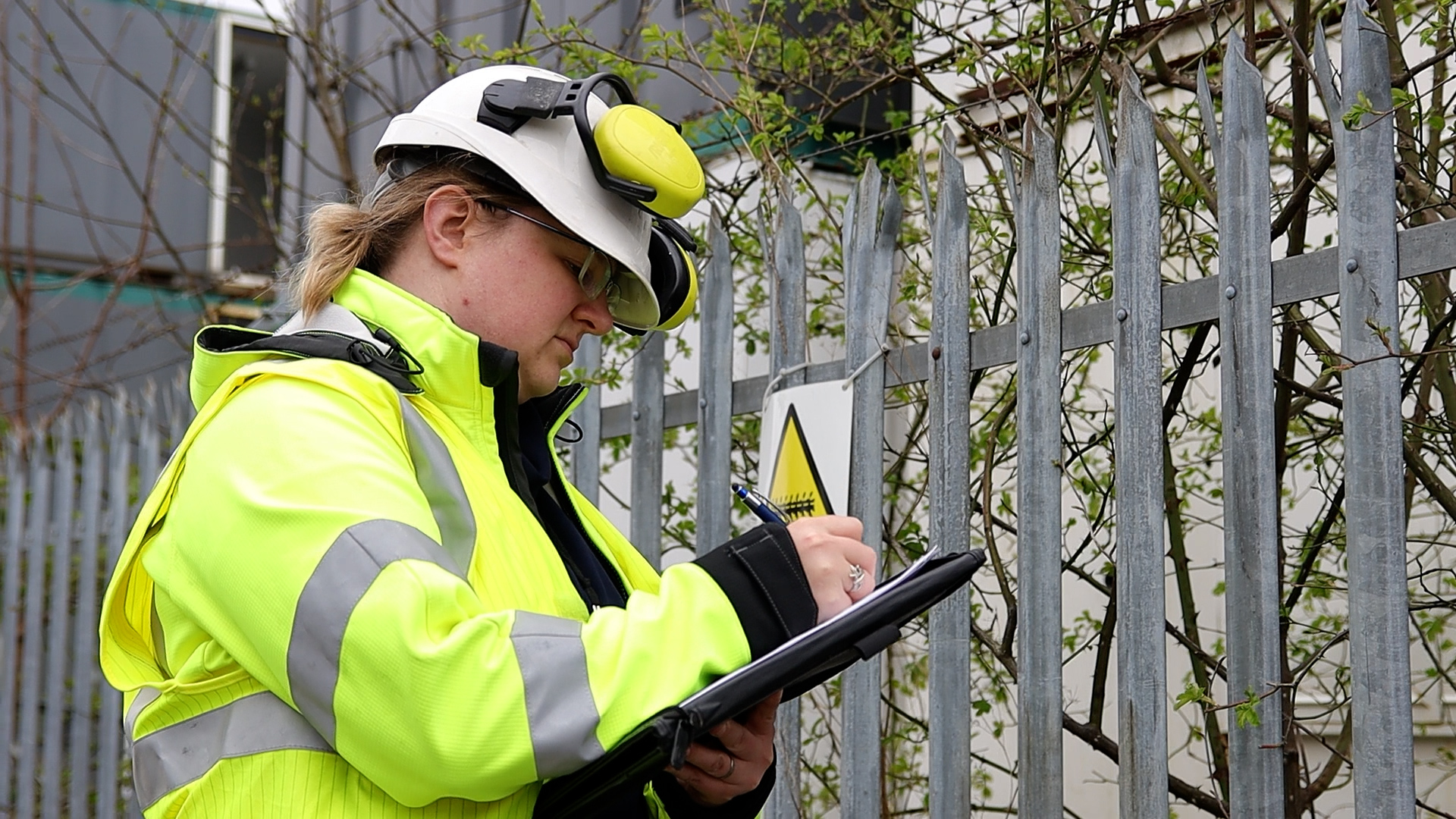Article
When Is HAZOP the Appropriate Risk Assessment?
01/08/2025

When Is HAZOP the Appropriate Risk Assessment?
In industries dealing with hazardous materials, complex processes, or high-risk operations, identifying and mitigating risks is crucial.
Hazard and Operability Studies (HAZOP) are one of the most widely adopted methods of risk assessment used in these environments.
However, while HAZOP is often thought of as a distinct risk assessment method, it is important to remember that it is, in fact, a type of risk assessment. In this blog, we will explain what HAZOP is, when it is appropriate to use it, and how it fits into the broader risk assessment landscape.
What Is HAZOP?
HAZOP is a structured, team-based approach to identifying and evaluating potential hazards in a process system.
It is primarily used to examine how a process could deviate from its intended design, what could cause these deviations, and the potential consequences.
During a HAZOP, a team of experts, typically including technical and safety engineers, designers and operators, reviews the process design in detail, focusing on the ways it might fail or malfunction.
One of the distinguishing features of HAZOP is the use of guide words, such as "No", "More", "Less", and "Reverse" applied to different conditions, to prompt discussions about potential process deviations.
For example, the team may ask questions like:
What happens if there is no flow through a pipeline?
What if more pressure is applied than the system can handle?
What if the process uses a material other than the one specified?
This detailed and systematic approach helps uncover potential risks that might otherwise go unnoticed.
HAZOP is especially valuable when assessing complex systems or processes where there is a high potential for serious consequences, such as explosions, fires, or toxic releases.
When Is HAZOP the Right Risk Assessment Method?
While HAZOP is an effective risk assessment tool, it is not always the best choice for every situation. HAZOP is most appropriate in the following scenarios:
Complex Systems
HAZOP is ideal for assessing complex processes or systems with multiple interacting components.
These processes might involve hazardous materials, high pressures, or critical safety systems that must be designed and operated correctly to prevent catastrophic failures.
For example, in the chemical industry, HAZOP would be an appropriate choice for reviewing a new chemical plant or modifying an existing system.
The complexity of these systems requires a thorough analysis to identify all potential risks and ensure they are addressed appropriately.
Design and Modification Phases
HAZOP is typically used near the end of the design phase of an installation process, before construction or commissioning.
It is also valuable during the modification of an existing system, helping to ensure that any changes do not introduce new risks or vulnerabilities.
For instance, when designing a new safety system or modifying an existing one, a HAZOP study would examine how the system could fail and whether existing safety controls are sufficient.
High-Risk, High-Consequences Environments
HAZOP is especially useful in industries where the risks and consequences of failure are high, leading to fatalities or major environmental breaches..
This includes industries such as oil and gas, chemicals, pharmaceuticals, and power generation, where a single malfunction could result in severe safety, environmental, and financial consequences.
Operational Risk Identification
While traditional risk assessments often focus on identifying hazards in physical systems, HAZOP is more focused on operational risks that could result from deviations in the process.
This can include equipment failures, human errors, or problems with control systems.
How Does HAZOP Fit Into the Broader Risk Assessment Process?
HAZOP is an important part of the overall risk assessment framework but is not the only method available.
It is specifically designed for situations where the process is complex and involves significant risks. However, other types of risk assessment procedures may be more appropriate in different circumstances.
General Risk Assessments
The risk assessments people are most familiar with are those commonly applied in occupational safety to tasks undertaken where the hazard affects a single or a few people only, and is most likely to result in recoverable injury.
These assessments typically involve identifying hazards and implementing control measures without the in-depth analysis that HAZOP provides, and often cover scenarios with a lower degree of hazard potential.
Some risk assessments may be conducted using simpler methods, such as checklists or hazard evaluations, and are useful for identifying lower-risk hazards which may not require extensive review to implement suitable controls and mitigations.
HAZID (Hazard Identification)
HAZID is another type of risk assessment that is similar to HAZOP, but it is used earlier in the process, typically during the conceptual or preliminary design stages.
A HAZID study is broader in scope and supports identifying the major hazards of your process before investing significant time in detailed design, allowing them to be considered from the start and reducing time for re-design when the process has been determined to a sufficient degree of detail to support a HAZOP study. A HAZOP study by contrast should also identify all the lesser cases of harm which may occur, as well as the major ones.
HAZID study workshops are led by consequence guidewords rather than cause-determining ones like those used in HAZOP: it asks ‘where can we cause a fire or explosion?’ instead of ‘what happens if we leave this valve shut?’, and can be undertaken using a process flow diagram rather than full piping and instrumentation diagrams.
LOPA (Layer of Protection Analysis)
After HAZOP identifies high-risk scenarios, LOPA can be used to assess the sufficiency of the existing safeguards and turn the qualitative categories allocated during a HAZOP from ‘major injury with high frequency’ to the semi-quantitative ‘once every 10 years’ for both causes and mitigation frequencies.
LOPA is a critical tool for supporting design of safety systems, by identifying both where they may be required and how reliable they need to be. They can also highlight where a full re-design may be a more effective solution than trying to work with an existing one where a hazardous consequence was not understood ahead of the original design.
Contact us today to learn how we can help safeguard your operations with a tailored process safety approach.
